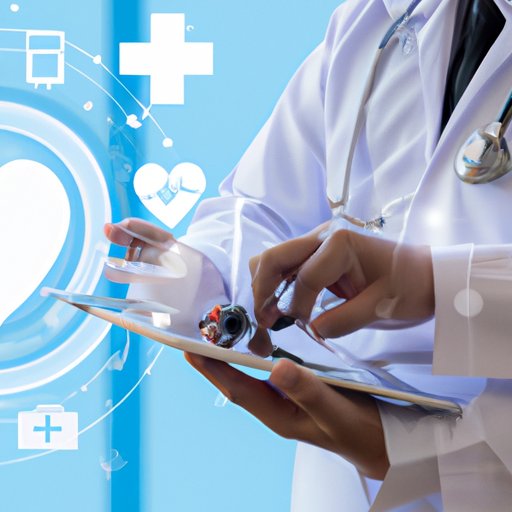Introduction
Health care information technology (HIT) is the use of technology to store, manage, and exchange medical data. It encompasses a wide range of tools, from electronic health records (EHRs) to telemedicine platforms. The goal of HIT is to improve the efficiency and quality of patient care while reducing costs.
Understanding the Basics of Health Care Information Technology
HIT encompasses a wide range of technologies, such as electronic health records, telemedicine, health information exchanges, and more. All of these tools are used to store, manage, and exchange medical data in order to improve the efficiency and quality of patient care.
Electronic health records (EHRs) are digital versions of traditional paper-based medical records. They contain patient information such as medical history, medications, test results, and more. Telemedicine platforms allow for remote doctor visits, enabling patients to access medical services without having to physically visit a doctor. Health information exchanges (HIEs) are networks that enable the secure sharing of medical data between healthcare providers.
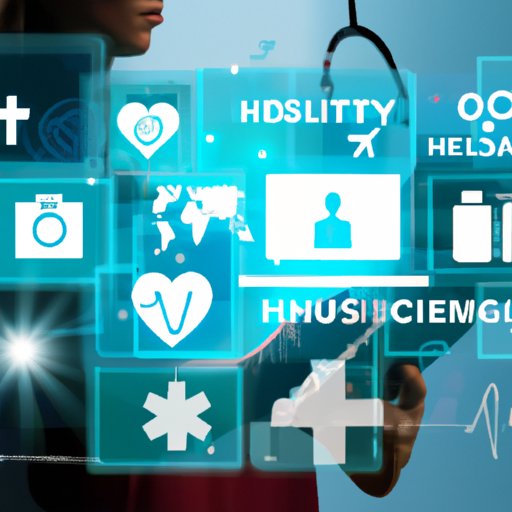
Exploring the Benefits of Health Care Information Technology
The use of health care information technology has many potential benefits, such as improved patient care, increased efficiency, and cost savings. Studies have shown that the use of EHRs can lead to better outcomes for patients, as they enable doctors to make more informed decisions based on accurate and up-to-date data. In addition, EHRs can help reduce medication errors and provide faster access to patient information.
Furthermore, the use of HIT can lead to increased efficiency and cost savings. For example, EHRs can help streamline administrative tasks, such as scheduling appointments and filing insurance claims. This can free up staff time to focus on providing quality patient care. In addition, the use of telemedicine can reduce the need for in-person visits, which can save time and money.
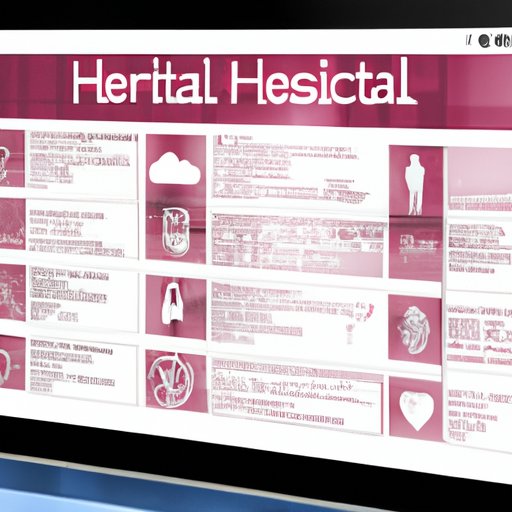
Examining the Risks and Challenges of Health Care Information Technology
Despite the potential benefits of health care information technology, there are also risks and challenges associated with its use. One of the biggest concerns is security and privacy. As medical data is highly sensitive and personal, it’s essential that it is properly secured and protected. If not, it could be vulnerable to cyberattacks or unauthorized access.
In addition, there are technological limitations to consider. For example, EHRs may not be able to integrate with other systems or support all necessary functions. This can limit their effectiveness and reduce their value.
Analyzing How Health Care Information Technology is Used in Practice
Health care information technology is being used in a variety of settings to improve patient care and increase efficiency. For example, some hospitals have implemented EHRs to keep track of patient records, reducing paperwork and freeing up staff time. Similarly, telemedicine platforms are being used to enable remote doctor visits, allowing patients to access medical care without having to leave their homes.
There are also success stories of health care organizations that have successfully implemented HIT. For instance, the University of Washington Medical Center was able to reduce medication errors by 50% by implementing an EHR system. In addition, the Veterans Health Administration was able to reduce wait times and increase patient satisfaction by introducing a telemedicine program.
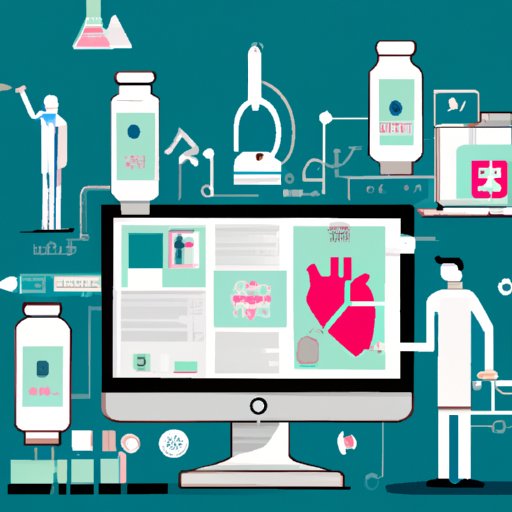
Investigating the Technologies that Make up Health Care Information Technology
As mentioned earlier, health care information technology encompasses a wide range of technologies, such as electronic health records, telemedicine, and health information exchanges. Let’s take a closer look at each one.
Electronic health records (EHRs) are digital versions of traditional paper-based medical records. They contain patient information such as medical history, medications, test results, and more. EHRs enable doctors to access patient information quickly and accurately, which can improve the quality of care.
Telemedicine platforms allow for remote doctor visits, enabling patients to access medical services without having to physically visit a doctor. This can be especially beneficial for those who live in rural areas or have limited transportation options. Telemedicine can also reduce wait times and increase patient satisfaction.
Health information exchanges (HIEs) are networks that enable the secure sharing of medical data between healthcare providers. This can help improve communication between providers, leading to better patient care.
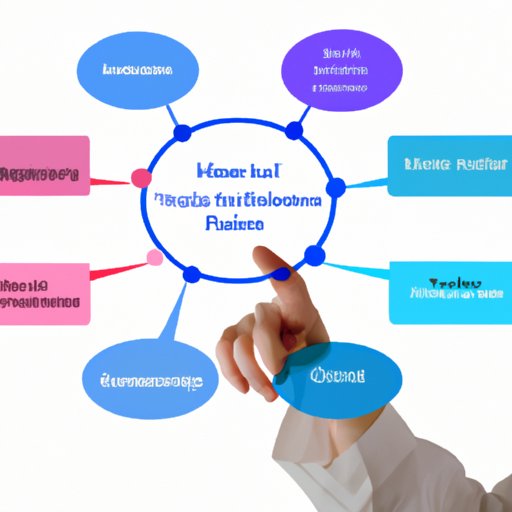
Comparing Different Types of Health Care Information Technology
When selecting health care information technology, it’s important to consider the different types of solutions available. There are two main categories: open source and proprietary solutions. Open source solutions are free, but may require more technical know-how to set up and maintain. Proprietary solutions tend to cost more, but offer more features and support.
Another important consideration is whether to use a cloud-based or on-premise solution. Cloud-based solutions are easier to set up and maintain, but may be more expensive. On-premise solutions are typically cheaper, but require more technical expertise to set up and maintain.
Assessing the Impact Health Care Information Technology has on Patients
Health care information technology has a number of benefits for patients, such as improved access to care and improved quality of care. For example, EHRs can enable doctors to access patient information quickly and accurately, leading to better decision-making and improved patient outcomes. In addition, telemedicine can provide greater access to care for those who live in rural areas or have limited transportation options.
The use of HIT can also lead to improved quality of care. For example, EHRs can help reduce medication errors and provide faster access to patient information. Furthermore, HIEs can enable the secure sharing of medical data between healthcare providers, leading to better communication and coordination of care.
Conclusion
In conclusion, health care information technology can provide a number of benefits, such as improved patient care, increased efficiency, and cost savings. However, there are also risks and challenges associated with its use, such as security and privacy concerns. It’s important to understand the different types of technologies that make up HIT, such as EHRs, telemedicine, and HIEs, in order to select the right solution for your needs. Finally, HIT can have a positive impact on patients, such as improved access to care and improved quality of care.
(Note: Is this article not meeting your expectations? Do you have knowledge or insights to share? Unlock new opportunities and expand your reach by joining our authors team. Click Registration to join us and share your expertise with our readers.)
